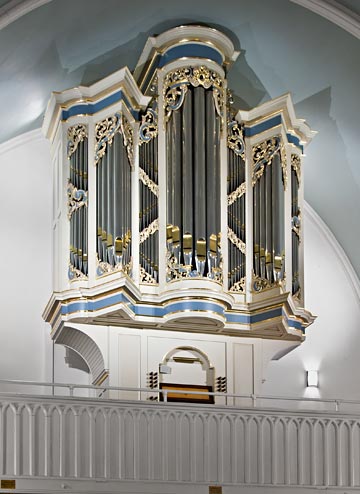micaddict
Well-known member
In fact 30Hz is the fundamental frequency of the lowest note (E) of the string bass
A little over 41Hz, actually.
Yeah, nitpicking perhaps.
Anyway, nice thread. Carry on.
In fact 30Hz is the fundamental frequency of the lowest note (E) of the string bass
micaddict said:In fact 30Hz is the fundamental frequency of the lowest note (E) of the string bass
A little over 41Hz, actually.
Does anybody know whether RMAA works with Windows 7? I downloaded it yesterday and installed it. It refuses to run, and during the installation process I received the message:bernbrue said:RMAA sends out a frequency sweep which I recorded over the microphones and analyzed in RMAA.
david-p said:Does anybody know whether RMAA works with Windows 7?
I should be grateful for any help...
David
bernbrue said:Hi,
I updated the 12th post with a frequency plot of the tested microphones.
regards
Bernd
Kingston said:david-p said:Does anybody know whether RMAA works with Windows 7?
I should be grateful for any help...
David
You need to install it as an administrator. Right click menu to select. Works fine on windows 7 64bit even.
david-p said:Wierd! I am THE administrator and always logged in as such. The file installs on XP.
How do I get around that one?Kingston said:david-p said:Wierd! I am THE administrator and always logged in as such. The file installs on XP.
You can be the administrator and still have UAC holding your hand, the default setting. It fails with older software like RMAA. Prevents correct installation and doesn't bother to tell you. I just had a massive amount of bother with Cubase and some plugins with similar issues.
Sredna said:bernbrue said:Hi,
I updated the 12th post with a frequency plot of the tested microphones.
regards
Bernd
Hi Bernd,
how did you measure the microphones? Is the setup as in the picture with all four mics?
There are some interesting similarities/dissimilarities there.
Thanks,
Anders
david-p said:How do I get around that one?
PRR said:Few pipe organs run below 32Hz. I did a very nice recent instrument in a quite large old stone church. (I used omni condensers to catch it as verbatim as possible.) My editor showed clear 32Hz spikes (above truck rumble down to 20Hz).


monkeyxx said:bernbrue, is there any way you could outline and detail your T-Bone SCT 700 modifications? I would love to make one like this, that is so similar to an M49! I love rebuilding tube mics, and I love using nice capsules in them. An M7 mic is missing from my arsenal.
What would you use today? In da old days, I used a Tannoy DC but these are silly money in da 21st century.bockaudio said:Also, don't measure mics with crossed over multi-speakers. Use one point source.
bernbrue said:monkeyxx said:bernbrue, is there any way you could outline and detail your T-Bone SCT 700 modifications? I would love to make one like this, that is so similar to an M49! I love rebuilding tube mics, and I love using nice capsules in them. An M7 mic is missing from my arsenal.
Hi,
it´s basicly the Apex 460 mod. Remove cathode follower, replace 12AX7 with 6072, lower H+ to 120V, change the output transformer (here unknown RFT 5:1) and the capsule (here Thiersch M7). Most depends on the capsule and output transformer.
regards
Bernd
monkeyxx said:Thanks. Are you quite happy with the way the mic came out?
Enter your email address to join: